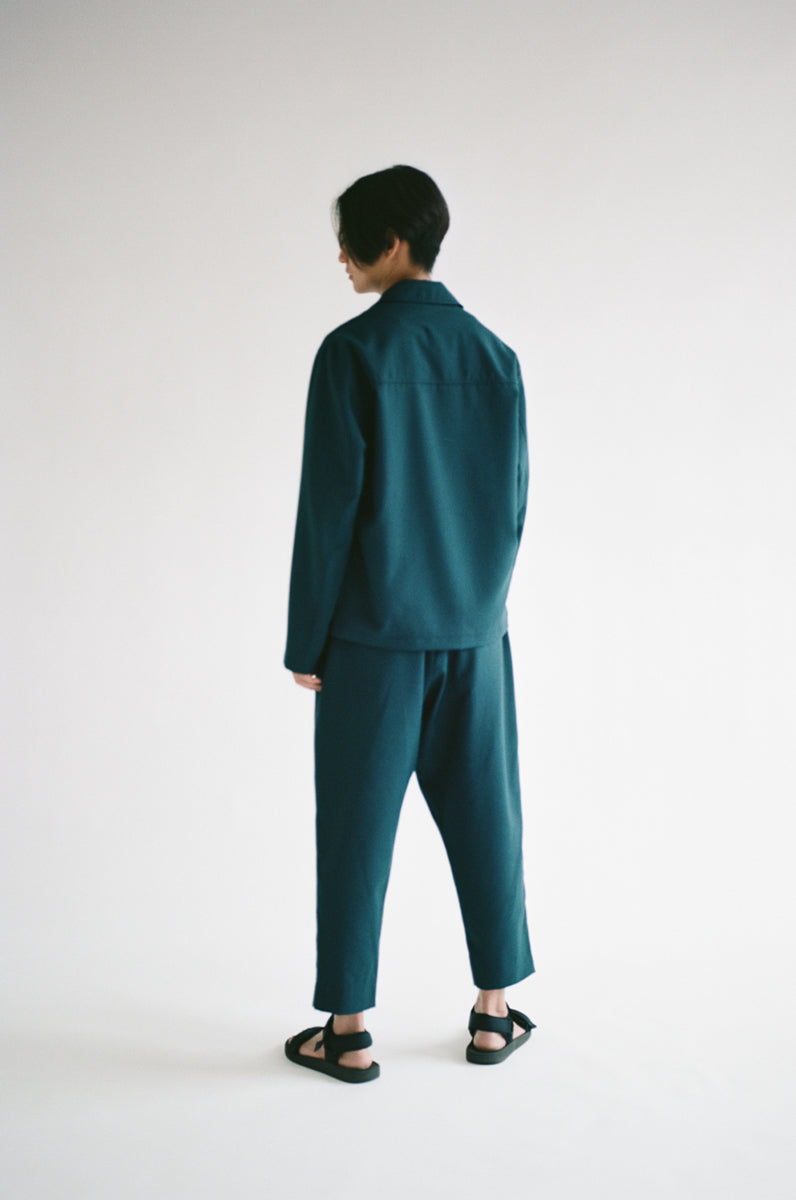The Harrington / 09


Originally known as the Baracuta G9, it has become a classic piece since the 1930s. People from all cultural backgrounds have been wearing the Harrington jacket because of its versatile look and functionality. Perfectly suited to every age group, it's a great staple piece for any man's wardrobe. Despite coming to be nicknamed after an American: Rodney Harrington, a character played by Ryan O’Neal in 1960s TV drama Peyton Place, who also favoured the style, the Harrington’s origins are British.

The style was first exported in 1950 to America. Elvis Presley wore a Harrington jacket in King Creole (1958) and on the cover of 1968’s ‘A Little Less Conversation’ sleeve; Frank Sinatra wore one in Assault on a Queen (1966) and many other movies.
The Harrington jacket of today
With Winter already here, it's time to start layering up in the best way possible. If your goal is to stay warm and dry while you're on your way to work, the gym or to see friends, then you need to grab yourself a Harrington jacket.
Our Harrington jacket is made from lightweight wool blend and features a concealed zip fastening, chest pocket, seamless side seam pockets, minimal seam collar, fully lined so perfect for all seasons. With its straight boxy cut, it can be paired with a shirt, a t-shirt, jeans and the matching pleated trousers combination to create a cohesive look.
The Harrington jacket is available for purchase now.
More about wool
Sheeps are part of the natural carbon cycle, consuming the organic carbon stored in plants and converting it to wool. Fifty per cent of the weight of wool is pure organic carbon. Wool products have long lifespans, meaning they are used or worn longer than other textile fibre products. Wool textile products tend to be washed less frequently at lower temperatures which has a lower impact on the environment
Wool is one of the most recycled fibres. With a market share of 1,3% of all textile fibres, wool claims 5% within the recycled fibres market share identifying wool as a suitable fibre for recycling.
Finally, at the very end of its lifespan, wool biodegrades readily.
- Tags: News



